Nancy Minott, Jim’s companion in life, recently discovered this journal that Jim kept the last summer of his life. Here are the first three segments shared. Pictures are from Possibilidad
June 24, 2008 Ė 9:20p.m.
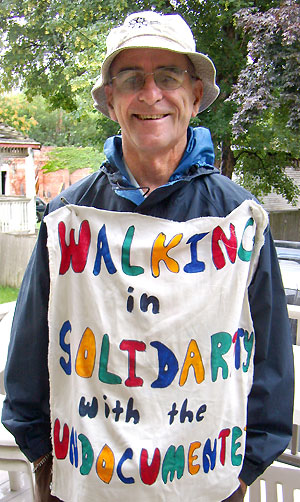
Jim Harney
More than ever I think of: Pray. Love. Resist. Each one of them carries a responsibility related to the other, theyíre all connected.
I think of some of the pain I feel right now in my neck and head area. On the flip side I think of joy and pleasure. How is it possible with a terminal cancer to feel joy and pleasure?
The cancer / lens/ a world of solidarity with those who suffer, it brings me out of myself. Healing happens when that takes place: itís like losing oneself one finds it. The Gospel highlights this Ė all of the great religions, spiritual traditions give this center stage; those that havenít disappeared.
I just wrote a couple of letters to friends and when I write I try to ponder the private-public dimension of my life. The two go hand in hand, they feed off each other.
July 12, 2008
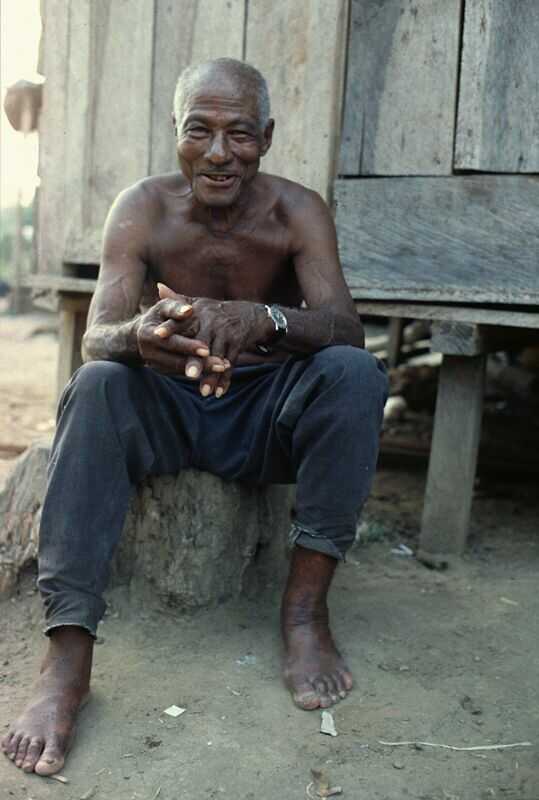
(In Boston to meet with a Mayan Community who shared the organizing of the Walk in Solidarity with the Undocumented)
I got off at the Forest Hill T and started to walk to Cathy and Kevinís. I passed a homeless person walking beside cars with a coffee cup in his hand asking for money. I continued walking, but there was something in me that kept saying go back, go back and talk to the guy, donít ignore him. All the talking came out of a context of my being in Mexico in Nov. 2005. I got flashbacks to a man feeding me when he woke me up from a sound sleep while I slept in front of a shelter in Arriaga, Chiapas. This guy who fed me was the Good Samaritan of the 21st. Century. He was nudging me back to engage in conversation this man that I passed. I said hello to the person and put a dollar in his cup. I asked him his name. ďCharlieĒ he said. Charlie Kiscall and I told him mine Jim Harney. He asked me how I was doing. I told him I was dying. ďSo arenít I, ďhe said. ďIíve got cancer of the live,Ē he told me. ďBut Iím enjoying life.Ē he continued. ďRight on.Ē I said to him. ďYouíre making my day. Iím so glad to meet you, Charlie.Ē ďSame here.Ē He responded back. ďWhatís your name? Jim what?Ē ďHarney.Ē I came back. He took his hand and pointed it up into an ocean of blue sky and said, ďJesus Christ you take care of Jim, your last name again?Ē ďHarney.Ē I said. ďTake care of Jim Harney because if you donít youíre going to have to deal with me.Ē I looked into wide open eyes looking into mine and said, ďCharlie, I love you.Ē ďI love you too, Jim.Ē I waved goodbye to him thankful that the Good Samaritan of the 21st Century that I met in an out of the way place brought me to trace my tracks back to Charlie.
July 12, 2008
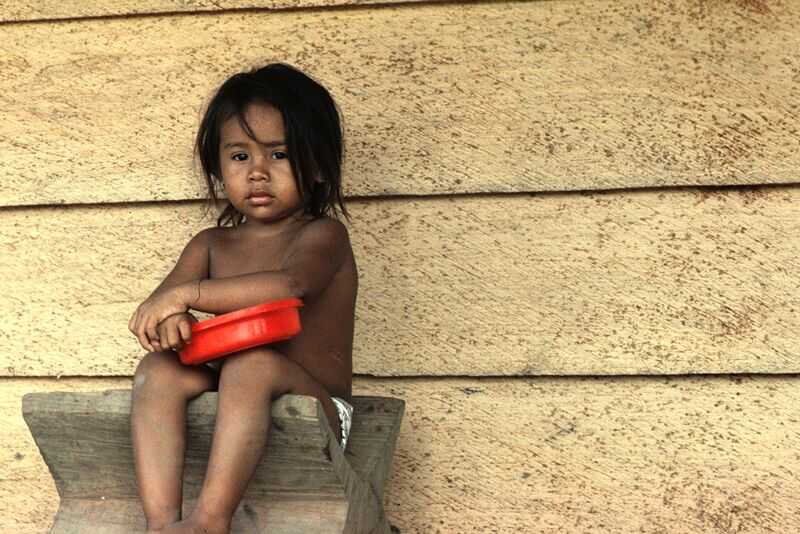
I believe that death doesnít bring me to a dead end: there is more. My body reacts with a huge energy when I write this; it knows, it does! Thereís more! How do I begin to explain this? I donít. I live it.
Iíd say at talks I outlived the catís nine lives; now Iím on my 14th. Now Iím coming into the home stretch where the great Passover will take place and down deep I believe thereís a world of promise behind it. Thereís resurrection: itís the heart of my belief system. Itís what allowed me to go to the scary edge where weíre told not to go and there to find hope. No wonder weíre in the scary situation weíre in today because the system prohibits going there. The gospels helped me break the rules with its priority given to others, the despicable ones who donít fit in.
The impoverished that I met over the years prevented my heart from going into a world of silence which would have meant my own death. With them in mind I gained voice; took to put my thoughts on paper, ditched the passive voice and opted for the active. They became the subjects as I developed a bias to think and act from their perspective. Everything changed for me when this happened. I have so much to give thanks for.
26 de March 2001
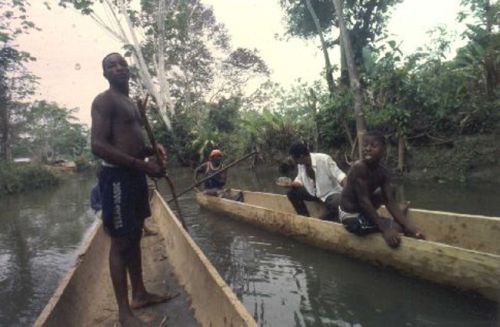
When our boat with eight people in it reached Cacarica children ran along the bank of the river excited to greet us. We were met with handshakes, smiles, children playing and a world of enthusiasm at our arrival. This little hamlet of wooden houses along a small river called Raya Pedancho is called Cacarica. Children followed me as I walked to where I would stay. One child, about five years old, immediately started playing; tapped me on the back, and when I turned around, she always followed me around so I couldnít see her. I laughed, she laughed, we had fun. It was a playful experience and the residents of Vida Nueva, a town of 450 families, greeted us.
The mood quickly changed when I was told the community was about to go on emergency alert. It would mean that six of us, nonresidents, would keep vigil during the night. 3 of us in the house where I stayed would keep vigil starting at one in the morning until six AM. I need to get a chance to check out the story as to why paramilitaries would want to come into this community and massacre.
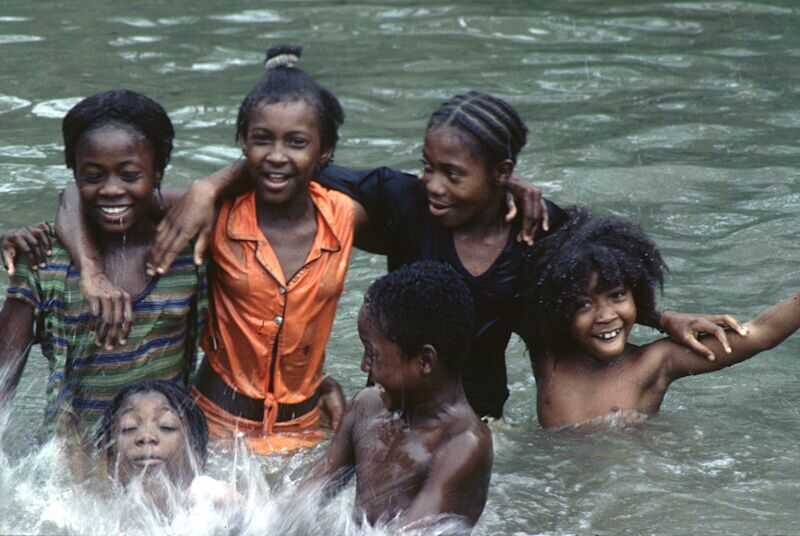
Itís early morning now. A pig is under the house and the house shakes as though an earthquake were happening. The sounds of the morning, chickens crowing, children playing, an outboard motor cranking so people can fish the river. Nearby the chopping of wood occurs to prepare a fire for breakfast. The sky is cloudy. The earth dry which makes it easy to walk about, but it wonít be that way for long for spring is about to come and along with it, rain, heat, and mosquitoes. The ones that fly around when Darkness sets in. Mosquito repellant and a net helps keep them away from eating my body and possibly leaving me with a bit of malaria which Iím all too familiar with since Iíve had it twice. I wouldnít wish it on anybody. A four-year old, Mayo, greets me and asks what my name is. She stands outside the door in her bare feet, yellow shirt, and blue skirt.
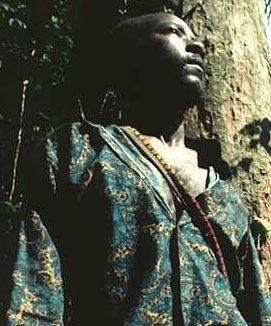
Went fishing with John and Michael. We had good luck. As the boat moved down the river I thought of these wonderful people and the risks they face. The whole town is on alert. About three or four hours from here there were clashes between the Gís and the Pís. Iím told that if the Pís want to get back in the area they have to do it before the rains come. Once they come they would pass through this area and leaders here think the Pís would come through it threatening it; even burn some of the houses; and itís likely that it could happen. Itís my turn to be on vigil tonight for 2 Ĺ hours or so.
Yesterday the whole community gathered to decide what to do. There was some heated debate as to what needs to happen. Some stress the importance of the whole community fleeing. Others say it canít happen because of the children. The situation is serious. Either way the children are at risk. I wanted to weep when a group of children gathered around me this morning. Itís always tough taking a photo of their fragile bodies, wondering what could happen to them. . . .
July 12, 2008 Ė 11:00 A.M. in a Concord
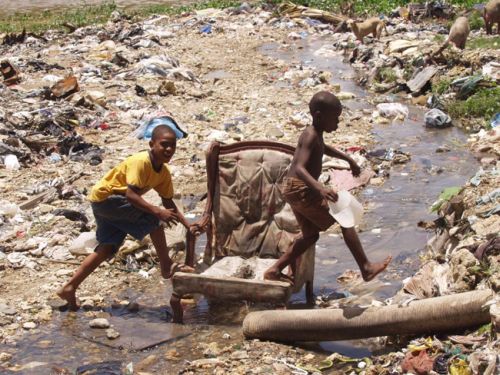
Jim Harney
Bus ready to go to Boston. While sitting here flashbacks spring forth to decades of traveling in L.A. A sense of joy and sadness runs through my body. Iíve seen so much people in struggle, human beings doing their best to reinvent their place on the planet. A noble task Ė and Iíve seen people acting and living a concrete time in history going against the odds as they worked to bring about the impossible in history even though it would mean their death and would mourn their loss; they would also cry presente. All the loss and at the same time all the hope throughout history, dialectic at work. . . I wonder about all of this for myself; being at Romeroís funeral; every time Iíve returned to the country inquiring how many people I knew were killed while I was away; then looking into the eyes of those who lost their loved ones; being present to the motherís of the disappeared dressed in their black, some of them with their hands wiping the tears dropping from their eyes. It reminded me of a Chilean artist Lagrimas de sangre Ė Tears of Blood. The flip side of that is tears of Hope. But I could never have comprehended that unless I were proximate to those suffering and with them struggling to reinvent a world where everyone has a place rather than a world that demands a pyramid with the mega-rich at the top and the majority of humankind on the bottom.
April 7, 2001 From Jimís journal written in Columbia:
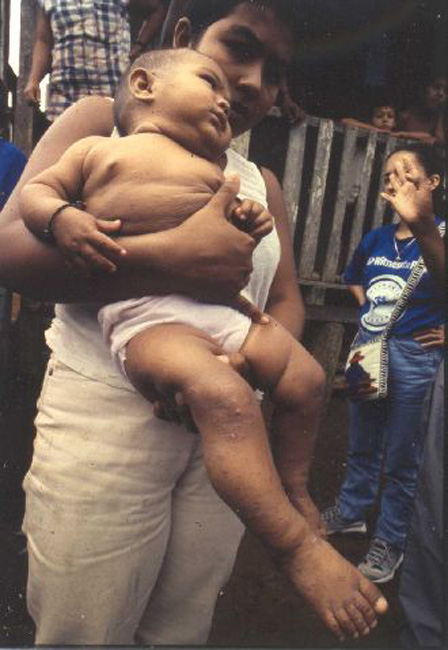
In Turbo having a cup of chocolate in los Jiminez Restaurant. The time is 6:55 AM. Itís great to just be alone for an hour or so and just write and plus Iím just exhausted. The boat ride from La Tapa took five hours, the sun was intense and it has a way of zapping the energy. Crossing the Gulf was an experience Iíll never forget; a wet trip to say the least. As I crossed with about 20 people I thought of how Haitians risk their lives daily trying to make it to the states. I just feel humbled being with people who have suffered so much. Got angry a lot looking at Black faces and thinking about slavery; how some people, whites, declared their superiority and as a result did so much violence to Blacks. I kept asking for forgiveness for all the years of violence done to a people. During the night I woke up periodically thinking of a conversation that I had with a man whose brother was killed by the Pís. They cut his head off and played soccer with his head. About 80 people were forced to watch it so they would know the same thing would happen to them if they got involved with the Gís. Even now Iím angry thinking about it. And here it is that I had a chance to hear this poor manís story; to hear him tell me that he still faces a Para repeat, for over the last two weeks there have been rumors of a possible Para presence in the area before the rainy season comes. Iím getting flashbacks of all the people I had a chance to photograph; children, women, men, matriarchs and patriarchs. I can hear their voices; feel their love, see them laughing and the children dancing: and they are all at risk. They kept on asking me when I would return to spend time with them. The story the
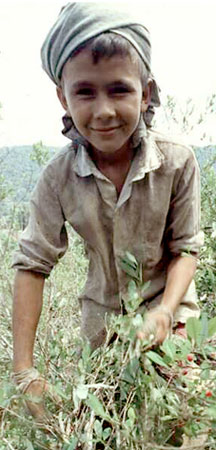
people of Cacarica have very rarely gets told. So few know that itís life or death for them to make a decision to come back to their land and develop their community life in a highly conflictive area. Right now they canít live the way they did before 1997 when they, some of the elders, told me that it was a paradise. They had good crops. They donít use chemicals - they go totally the organic route. The people couldnít praise the fertility of the soil enough. One man hunted before the war touched his life. He could throw a spear a good fifty yards and come home with fifty pounds of meat on his back. Now he canít do it, nor can the people farm their land they worked before the war hit them. In community is the only way they have a chance of surviving. If the people of Cacarica donít make it weíre all the worse off. In the faces of the people of Cacarica, I see the faces of the people I know in Carasque and Acteal, the faces of people marching in Seattle and DC and those who will end up in Quebec on the 20th who have so much in common: the violation of their dignity by TNCís. The people of Cacarica know it. Theyíre aware that the powerful want the diamonds that are there, the forests, the oil, and over 7,000 different medicines that pharmaceutical corporations drool over. The people here realize that the land they have is the second lung of the hemisphere, after the Amazon Basin.